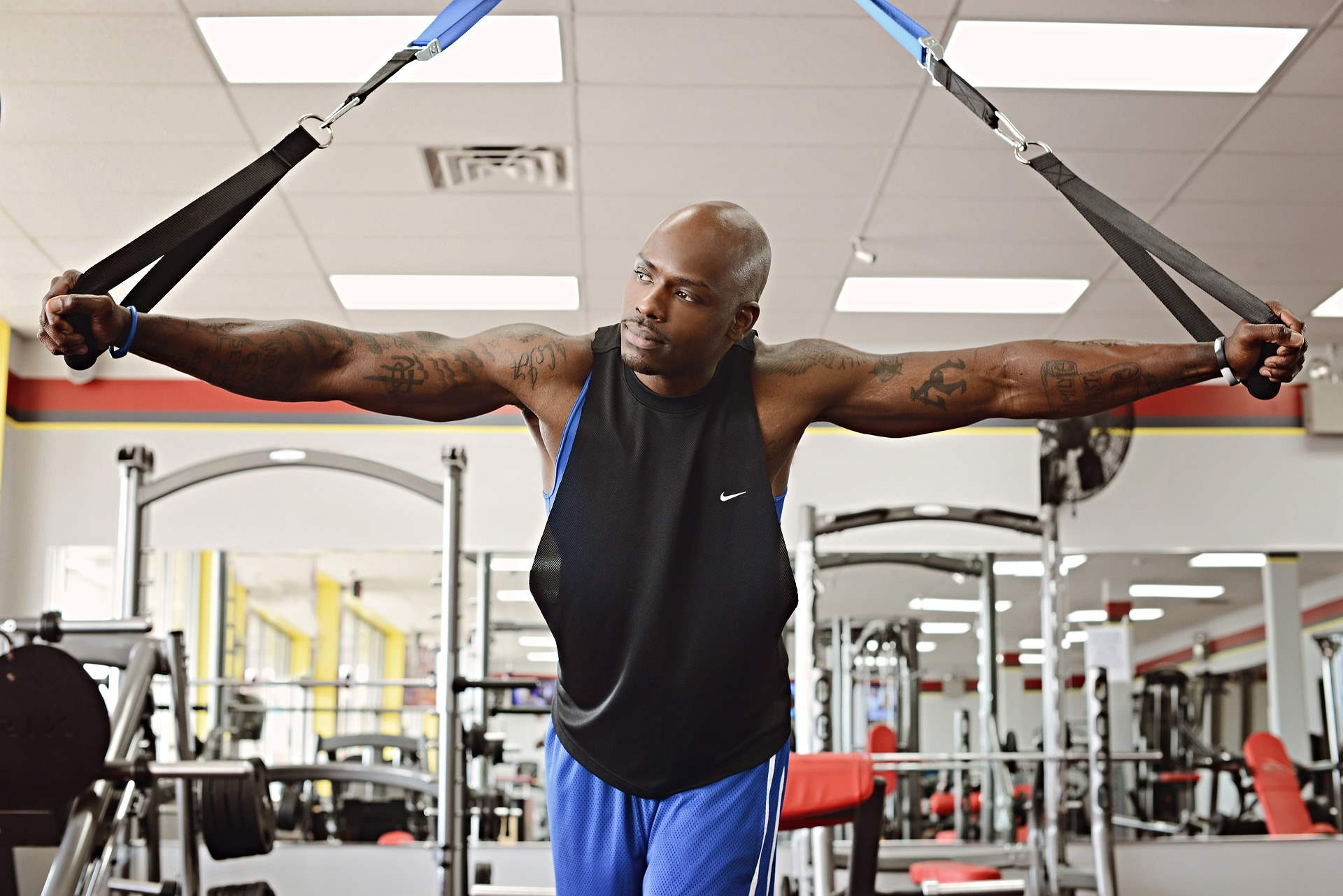
When humans first appeared on Earth, they had to figure out how to do just that. They accomplished this through various physical activities, including sprinting, climbing, agility, throwing, and crawling. People needed to be physically fit and robust to do everyday tasks and live.
Weight Loss and Its Impact on ED
For many men dealing with Erectile Dysfunction (ED), shedding excess weight can be a game-changer in improving their condition. Obesity and ED are often interconnected, as excess body fat can lead to reduced blood flow and hormone imbalances that affect erectile function. Losing weight through a combination of a healthy diet and regular exercise can significantly enhance blood circulation, boost testosterone levels, and improve overall cardiovascular health, all of which play a crucial role in overcoming ED. It’s a lifestyle change that not only addresses the physical aspects of ED but also boosts self-esteem and overall well-being.
Personal Trainers as Effective Accountability Partners
Embarking on a weight loss journey can be challenging, and that’s where a personal trainer comes into play as a valuable accountability partner. Personal trainers provide expertise, guidance, and tailored fitness plans that align with individual goals. They offer motivation and structure, ensuring that clients stay committed to their weight loss goals. The personalized attention and ongoing support from a personal trainer make the weight loss process more effective and sustainable, particularly for men looking to combat ED. By combining the expertise of a personal trainer with a commitment to weight loss, men can take significant strides toward improving their erectile function and overall health.
Men and boys in the Roman and Greek empires were expected to engage in strenuous physical activities such as weaponry instruction, weightlifting, weapon throwing, and jogging. They needed to be physically superior to their opponents.

Many professions became obsolete due to technological breakthroughs brought on by the industrial revolution. We were not as dependent on a constant motion for survival after a certain point.
Energy expenditure was down, and food consumption was up. People were no longer worried about getting enough to eat to survive, but epidemics like obesity and diabetes began to spread.

Theodore Roosevelt, as president, championed exercise as a means of staying healthy. Health club chains emerged in the 1960s and 1970s, and Gold’s Gym and the concept of big-box gyms emerged in 1975. It made exercise accessible to everyone.
The 1970s and 1980s mega-gym chains are still around today. However, the modern customer now seeks a more one-on-one connection. Over the past decade, a new breed of a fitness center—the boutique gym or health club—and training facility has emerged, providing members with a unique and often memorable experience.

There have been numerous shifts throughout the past decade. Boot camp sessions, including activities like Zumba and boxing, replaced traditional gyms around 2010. Orangetheory Fitness and F45 both opened up shop a few years afterward. A growing number of people are interested in technical and personal trainers.
The development of fitness trackers and mobile apps has advanced dramatically. From its humble beginnings as a pedometer, today’s wearables provide a wealth of health data, including heart rate, steps, and sleep duration.
Improved and more intelligent fitness gear is being developed alongside the sector. Technology and consumer behavior will continue to be the primary forces of change as the fitness industry adapts to meet the growing demand for individualized services.
